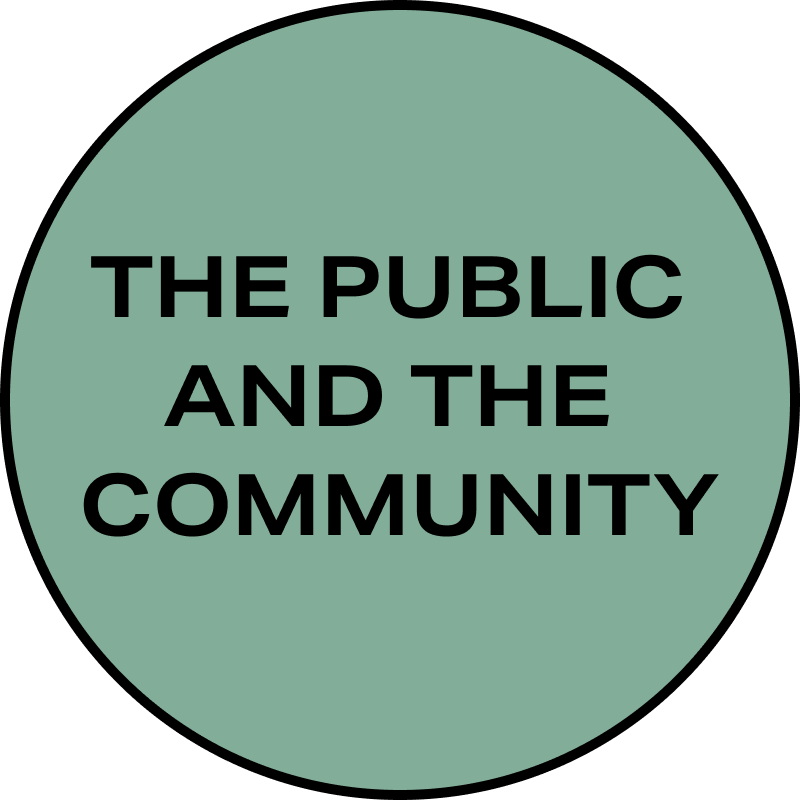
WHAT IS CIVIC MEDIA?
DISRUPTING DOMINANT NARRATIVES
The notion of disrupting dominant narratives or patterns in media is a prevalent theme among the civic media fellows’ work, particularly when it comes to portrayals of underrepresented communities. Latoya’s early work in the blogosphere often focused on critiquing media representations of racialized communities. She explained that amplifying “representation for stories or types of voices I haven't seen in other places” and “creating space for these type of stories to be told” still motivates her current work in the gaming industry.
In her writing and digital organizing work, Charlene pushes for “more complete stories about the black radical tradition.” She often points to the example of Rosa Parks, whose story of refusing to give up her seat on the bus is well-known but whose earlier organizing work against sexual violence has been relatively ignored. She explained:
If we tell an incomplete story about Rosa Parks, then we actually don't understand how the fight for black liberation actually had had multiple points of being about gender justice and ending patriarchy along the way, and it's actually not something that's new for our people.
For Charlene and several other fellows, civic media work can fill these kinds of gaps to produce more nuanced understandings of history that better inform current and future organizing work. Bryan C. Lee Jr., an architect whose nonprofit promotes racial, social, and cultural equity within the built environment, echoed the importance of identifying existing gaps in dominant narratives and constructing or amplifying alternatives:
Language is extremely important. The stories we tell are extremely important. When you uplift spaces that are historically disinherited, there's a schism in the narrative about what's valuable, what spaces are valuable. And so for me, it's been amazing to see all my fellows using their platforms in different ways to create more and more schisms.
Filmmaker Set articulated that there are multiple approaches for shaking up dominant narratives and media norms. On the one hand, a strategic approach “us[es] media to make people feel agitated so that they can be mobilized towards a particular goal.” On the other hand, producing media without a specific call to action can be equally important, especially for racialized communities. “I think sometimes we just want to tell our stories because our stories exist.” Reflecting on the acclaimed 2014 film Boyhood, Set wondered:
How come films that center the vision of artists that are white, they can be about anything? Whereas the experiences of filmmakers of color, it’s often got to be politicized, you know, put in this political framework. Sometimes you just want to tell stories because we just want to tell our side, and that’s totally fine, and that is civic media. There is a need to tell stories for a particular political or strategic goal. And there is a need to tell stories to preserve experiences and to pass on ways of being for the next generation, for this set of community members specifically.
Click on the buttons below to explore some aspects of Civic Media!





